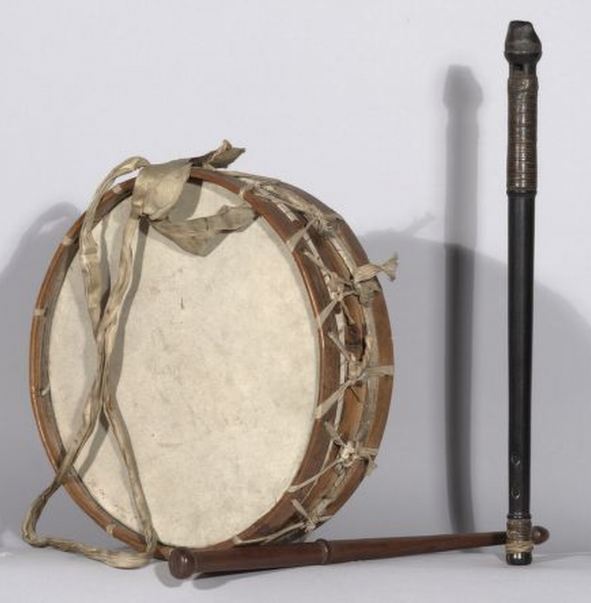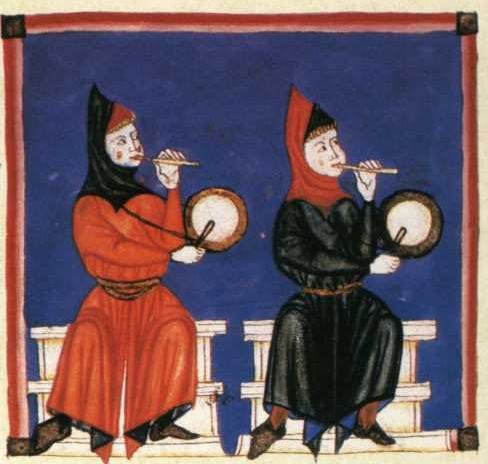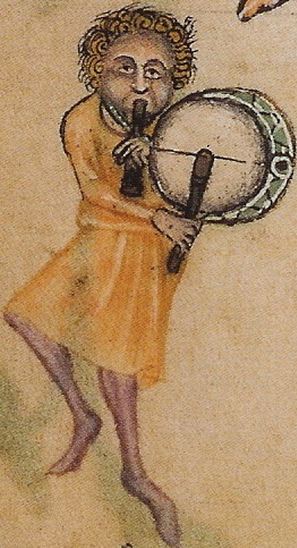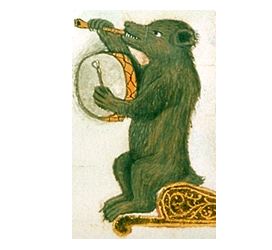The Tabor is a musical instrument with a long, rich history, with its roots tracing back to the earliest centuries. Also called the tabret or tambour in other languages, it is typically a small portable drum that is struck with a single stick. It is often used along with the pipe and has been a staple in outdoor activities, such as marches, processions, parades, street entertainment, and folk dancing.
History of the Tabor
The Tabor is an old percussion instrument that has existed as early as the Medieval Period. Its earliest depictions can be found on engravings and hand-written scriptures from the time. The first types of the tabor had a 4-10 inches depth and an 11-12 inches diameter.
As time passed, the Tabor evolved in appearance. The Tabors from the 13th century had bigger diameters, while those from the 16th century boasted larger widths. In between those centuries, players also began using two sticks to strike the drum head, but such usage was more observable in military ceremonies. Meanwhile, the single-stick stayed for dance and entertainment performances.
Early documents also showed that the Tabor was accompanied by the pipe or any small flute. Together, the two instruments were utilized in various musical presentations, often linked to the royal people, and were even depicted on carvings on glass windows, stone, and wood.
By the mid-17th century, the usage of Tabor started to dwindle. Nevertheless, its evolution never ceased getting alteration in its appearance in the 19th and 20th centuries and is believed to be the forerunner of today’s snare drum.
Tabor’s Appearance and Construction
A Tabor is characterized by a cylindrical wooden body, with its drum heads secured by a rope tension. Its single range is adjustable, usually made of rough hemp, gut, or silk strings. The Tabor’s pitch varies depending on the size, with the larger ones having a lower pitch and the smaller types having a higher timbre.
A leather strap is also attached to the drum. It is hung on the player’s forearm, in the middle of the wrist and elbow, to support him while playing. Meanwhile, the conical-shaped stick is usually made of ivory or bone, which is then used to strike the drum.
The appearance of the Tabor varies significantly among different regions, such as in England, where Tabors are shallow, opposing ones used in Spain that were relatively deeper.
How to Use the Tabor
The Tabor usually goes together with the pipe. The latter only has three holes, allowing it to be played using only one hand and freeing the other to create rhythm and beats using the stick and the drum. When played together, this seemingly makes a one-man-band.
While parts for the Tabor should be simplistic and repetitive, classical plays, pieces, and dances used complex and fast compositions. With that, some players were required to use two drum sticks to match them up.
Some of the Tabor’s most notable uses were in Georges Bizet’s incidental music for the play L’Arlesienne, American composer Aaron Copland’s El Salón México, and Appalachian Spring, and Darius Milhaud’s Suite Provancale.




